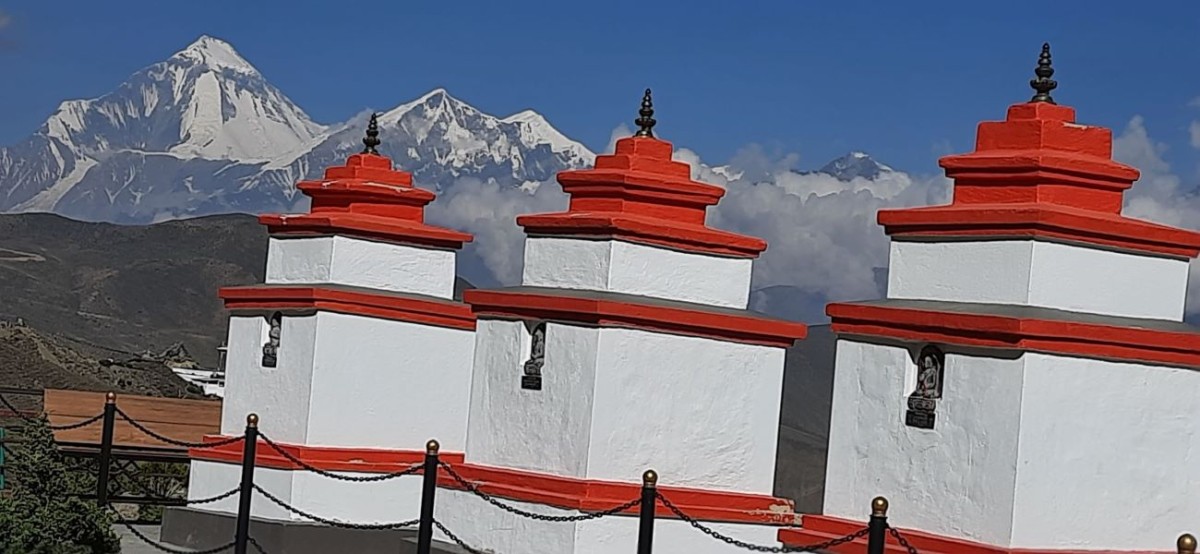
Day03: Drive to Ghalegaon (2100m), explore Gurung culture, homestay
Have breakfast, drive to Ghanpokhara through beautiful traditional villages, forests, ridgelines, farmlands and grasslands. On the way, we visit several beautiful traditional villages and typical lifestyle of mountain locals, beautiful farmlands, forests, thrilling Himalaya panorama and river valleys. Arrive today’s destination- a beautiful traditional village of Ghale Gurung tribes where we will be greeted with culture performance. Check in homestay. As per their community rule, guests of big groups are divided into smaller groups to keep in their traditional houses where we see and experience their classic culture and their typical lifestyle very closely. After having lunch, we visit village tour in the afternoon. This beautiful Ghalegaon provides the wonderful views of Marsyangdi River valley, villages, Annapurna, Lamjung and Manaslu ranges etc, Explore the village and typical lifestyle of Gurung tribes in the afternoon. They organize very interesting tribal culture programs in the afternoon or in the evening in the particular place. We gather there and observe their interesting tribal culture programs. While staying with the family, we have wonderful experience of their way of living. There is common toilet and bathroom outside the house in every homestay. Dinner and overnight in homestay.
Day 04: Drive to Bhujung (1680m), explore Gurung culture (biggest Gurung village), homestay In the morning we see golden scenery of magical Himalaya with sunrise from the village. There is view point from there we see better view of the mountains and beautiful surrounding landscape. Have breakfast then drive to Bhujung through Ghanpokhara Gurung village along the ridgeline, forests and meadows. Today is short drive, so arrive the village in the morning. We surprise with the interesting photogenic view of the biggest traditional Gurung tribal village surrounded by forested mountains, farmlands, river valley in the lap of Lamjung Himal. Here too, we will be greeted with culture performance, check in homestay. Have lunch then we will have exciting village tour where we will see interesting classic culture and their typical lifestyle which can not be mentioned in words. After the village tour, we will observe their culture programs. Dinner and overnight with the family we stay. Day 05: Drive to Pokhara (820m), explore Pokhara valley, 4 star hotel After breakfast, drive back to Dumre on the same way then follow the road to Pokhara. One the way back, we may visit 300 years old historic Lamjung Durbar in Gaushahahar and Darai tribal culture in Madi valley. Arrive Pokhara, have lunch on the way. Drive to Pokhara through beautiful farmlands, settlements, hills and hillocks and river valleys. After visiting Begnas Lake in lower end of Seti River valley, we arrive Pokhara. Check in hotel. We will observe very interesting sacred oil lamps offerings to mother goddess Barahi in the evening. Observe tribal culture programs while having dinner. Overnight. Day 06: Drive to Kalopani (2530m), 3 star category luxury guesthouseAfter having breakfast, leave hotel, visit Bindhyabasini Bhagawati Temple premises on the way to Kalopani. It is a most important and powerful goddess, another form of Goddess Parvati. Drive to Kande ridge through river valley, farmland and settlements. You can see beautiful Pokhara valley, majestic Annapurna range, series of mountains, interesting settlements and lifestyle of mountain people along the roadside. Descend to Modi Khola valley where the trails to Annapurna Base camp and several other trekking separate. Drive continue to Maldhunga then the road to Mustang follows along the Kaligandaki River valley.
Drive to Kalopani along narrow Kaligandaki River valley through Galeshwar holy monuments, several rivulets, hot spring, Gurung and Thakali villages, beautiful waterfalls, worldÚs deepest gorge DANA (6967m from Dhaulagari peak and 6891m from Annapurna I). Wonderful view of Annapurna and Dhaulagiri range, hanging icefalls and upstream wider Kaligandaki valley is seen from Kalopani and even from the guesthouse. This place is located at the base of the two giant Himalaya ranges; Annapurna and Dhaulairi. Depending on time and guests preference, lunch can be in Tatopani (hot spring) or Dana… dinner and overnight.
Day 07: Kalopani - Jomsom (2720m) - Kagbeni (2810m), deluxe guesthouse
In the morning you can observe majestic view of the Himalaya, have breakfast, drive to Tukuche along the base of the Dhaulagiri range. There is paved road along the bank of Kaligandaki River. You can see hanging icefalls, sky soaring snowy peaks, raging waterfalls, herds of sheep and goats, typical lifestyle of mountain people along the roadside and beautiful apple gardens. The day is dedicated to the excursion to the villages of Tukuche and Marpha. Tukuche village (2,590m) grew in importance for the salt and wool trade with Tibet. There are four monasteries and some beautiful merchant houses which have now been turned into lodges. The road passing through juniper forests through small villages with white painted houses. We will visit traditional Himalayan distillery where apple and apricot brandy is produced. We drive along the Kali Gandaki River considered sacred by the locals and often could see ceremonies of cremation. It is famous for its geographic peculiarity, which flows deepest valley in the world. Along its route, it passes between the Dhaulagiri (8167m) and Annapurna (8091 m) mountains. We will visit Marpha Gomba, Himalayan distillery in Marpha, observe apple orchard, beautiful farmlands, Dhaulagiri icefall and the lifestyle of Thakali tribal people.
Located at an altitude of 2,650 meters, the village of Marpha (mar means hard work and pha people) is inhabited by the Thakali tribe, an industrious and enterprising clan and is certainly not suitable for people looking for a comfortable life. Before 1959, most of the inhabitants were engaged in the salt trade with China and Tibet. Tourism and donkey breeding were important occupations. Today, many locals are directly or indirectly engaged in apple cultivation. This is due to the foundation of the Horticultural Farm in 1966 which meant a real revolution in the region, introducing different varieties of apples and valid production methods. Marpha is now known as the "Village of Orchards". Its apples are known throughout the country for being particularly tasty. Even the brandy made from apples and apricots is famous. Marpha is also and above all a pretty village with traditional Thakali architecture with quaint houses and cobbled streets. It is dominated by the imposing Samtenling Monastery which contains images of Guru Rimpoche and Chenresig, as well as strange animal-headed deities. A Japanese monk Ekai Kawaguchi visited Marpha in 1899. Depending on the time, we will have lunch in Marpha/Tukuche or Jomsom then drive to Kagbeni. Dinner and overnight.
Day 08: Kagbeni - Muktinath(3760m), standard guesthouse
After having breakfast, drive towards Muktinath. From here it goes up to the valley of the east leading to "Jharkot", a beautiful traditional village with an interesting monastery. The landscape has changed and now the barren stony ground of the northern Mustang valleys is contrasted by the green of the Muktinah basin. The meaning of the two Sanskrit words from which the name Mukti-nath is the Place of the Lord of Liberation, while in the Tibetan language it is called the Place of the Hundred Springs. Muktinath (3810m), considered a sacred place even before the advent of Buddhism, is a very important religious centre and pilgrimage destination for Hindus and Buddhists and a starting point for some Annapurna circuits. On the way to Muktinath, we may visit Khinga and Jharkot villages. In Muktinath, there is a gompa, the temple of Vishnu and further down, in an old temple there is a sacred flame released by a natural gas which we will visit on the way back, detaches from the one that continues along the river to Kagbeni. Visit the Muktinath temple, one of the most revered in the Himalayas; the view extends to the southwest the Dhaulagiri and Tukuche. Check in hotel. Have lunch then explore the wonderful nature and classic Hindu and monastic culture in Ranipauwa, Purang and Jhong villages in the afternoon. Dinner and overnight.
Day 09: Drive to Thini (2860m), explore Bhotia Gurung and Thakali tribal culture, homestay
Have breakfast, drive down to Kaligandaki River valley then drive up to Dhagarjong through traditional beautiful villages of Pangling and Phalyak where you see little green patch of apple garden, colorful chhortens and monasteries and Bhotia Gurung tribal culture and typical lifestyle in the northeastern lap of Dhaulagiri Himalaya. Explore the most traditional village, classic tribal culture and interesting lifestyle. Village tour along the narrow gulley among the traditional mud-rock wall houses and underneath the mud-roofs attached to many houses each other is very interesting. We see calves, lambs, kids, colts and interesting lifestyle of tribal people in the rooms while walking through the shadowy dark gully under the mud-roofs. The most beautiful traditional villages is built up at the top edge of the gray colored conglomerate canyons and giant Dhaulagiri range is seen in the village background. We see hanging cliffs, juniper and silver birch forests, sandy hills, interesting settlements and Nilgiri mountain blue lakes and Kaligandaki River valley around the village. There is the way to upper Dolpo trans-Himalaya zone via Phalyak village. Drive to an isolated hidden valley of Ludak at the base of Muktinath Himal where we see classic culture of Tibetan Bhotia Gurung tribal culture and their typical lifestyle. Arrive the village, have lunch then explore the valley, village and interesting lifestyle. The village is widely known as Lupra but the original name of the village is Ludak. In Tibetan language Ludak means snake. There is an interesting rock cliff like snake shape opposite side of the village and the village was protected by the holy snake. Thus the village was named with Ludak in honour of the snake. After having lunch at a teahouse then drive along Kaligandaki River valley towards Thini -one of the most traditional Thakali tribal villages in Thak Khola valley which is located at the base of Nilgiri mountain from where we see wonderful view of holy Kaligandaki River valley, Dhaulagiri and Dhampus range, beautiful apple gardens, crazy rocky cliffs and settlements. Check in homestay. Then visit traditional village of Thini and Bonpo monastery, snow leopard dens, beautiful Dhumba Lake. Return to the homestay. We will experience the interesting way of living while staying with the Thakali tribal family. Dinner and overnight. Day 10: Drive to Tatopani (1190m), 3 star category luxury guesthouse After breakfast, drive to Chhairo, visit Tibetan refugee camp and the beautiful apple garden just on the other side of the Kaligandaki River. Then drive to Naurikot Thakali village from where we see very close view of Dhaulagiri icefalls, thundering waterfalls and the part of Dhaulagiri Himalaya (8167m). After observing wonderful nature view and Thakali village and culture, drive to Lete where we have option to visit Titi Lake at the base of Nilgiri mountain on the other side of the Kaligandaki valley which needs to walk about an hour one way. Have lunch on the way. Drive down to Tatopani, check in teahouse. Take hot spring bath in the bank of Kaligandaki River. Dinner and overnight. Day 11: Drive to Nagdanda (1600m), 3 star category deluxe resort in prime location Have breakfast, drive to Galeshwor, visit Hindu monuments there by the confluence of Kaligandaki and Rahughat Rivers. Drive to Kusma, observe the highest suspension bridges with exciting adventure activities on the bridges over Kaligandaki River, have lunch then drive to Nagdanda in Pokhara valley. Check in hotel then explore the wonderful scenery of Phewa Lake, beautiful Pokhara valley, mountain sequence and magical Himalaya panorama in the afternoon. Dinner and overnight. Day 12: Explore Pokhara valley and drive to Bandipur (1010m), deluxe hotel Observe wonderful sunrise view and the close view of Annapurna early in the morning, have breakfast then drive to Pokhara through visit Davi’s Falls, Mahendra cave and Phewa Lake. We see interesting waterfall in Davi’s Falls that disappears in limestone creek and flows under the ground then we visit Tal Barahi Island accessed by boating in Phewa Lake. In a clear day beautiful reflection of Fishtail mountain in the surface of the lake is seen very well. Have lunch then drive to Bandipur. Check in hotel, explore the traditional Newari village in the evening. Dinner and overnight.
Day 13: Drive to Chitwan National Park (190m), hotel
After having breakfast, drive to Chitwan along the Marsyangdi and Trishuli River valley through farm fields, forests and settlements. Check in hotel, have lunch. We will go for Tharu village tour and observe their interesting culture programs like Sakhiya dance and exciting stick dance etc. We will have typical Tharu tribal dishes for dinner. We watch video on jungle activities, wildlife and wildlife tour in Chitwan National Park. Overnight at the hotel.
Day 14: Explore Chitwan National Park / wildlife safari
Have tea/coffee, we go for canoeing on Rapti River. After canoeing tour, have breakfast then jungle / wildlife experience by jeeps (or elephant back safari as per guests preference). We may have chance to see elusive Bengal tigers, one horned rhinos, wild boar, red monkeys, deer, peacock, cranes, water love birds, hornbills etc during the wildlife tour. Have lunch, visit elephant and crocodile breeding center, and relax in the afternoon. Dinner and overnight.
Day 15: Drive back to Kathmandu, explore Patan and Bhaktapur, hotel
Day 16: Sightseeing and shopping in Kathmandu, hotel
Have breakfast, visit UNESCO heritage sites; Pashupatinath and bouddhanath and Swoyambhunath, have farewell lunch with host family, return to the hotel. Dinner and overnight.
Day 17: Fly back home
After breakfast, program over, transfer to airport, fly back home.
Entire trip cost per person (USD): $2,999 // 1pax complimentary in every 11 paid guests in group
Trip cost includes: All accommodation (double / twin sharing basis) and food; three meals a day -breakfast, lunch and dinner (except bar bill), insured crew (guides, assistant and drivers), all essential permits, tribal culture programs, city tour, all domestic transportation as per the itinerary, service charge and government taxes.
Trip cost does not include: International airfare, Nepal visa, your travel insurance, personal expenses (like laundry, communication, alcohol, cold drinks), tips to serving crew, emergency evacuation, extra cost due to natural and political causes such as landslides, unrest, strikes etc, expenses of extra hotel & other services abandoning the trip before/after scheduled, and cost not mentioned in includes section.
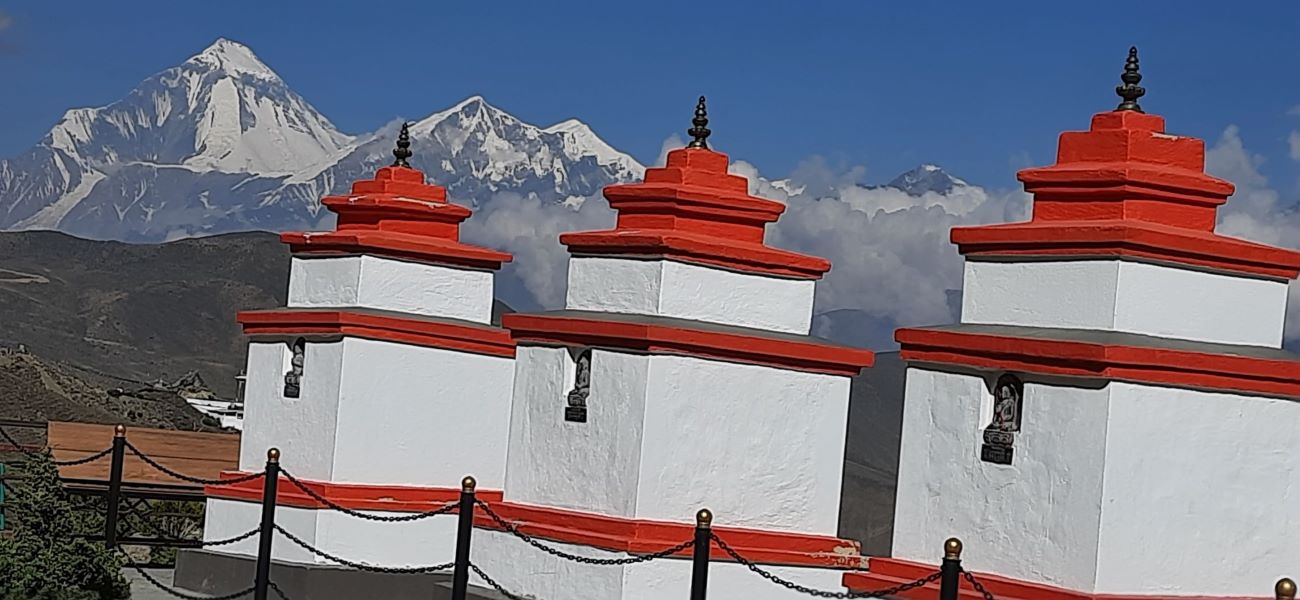
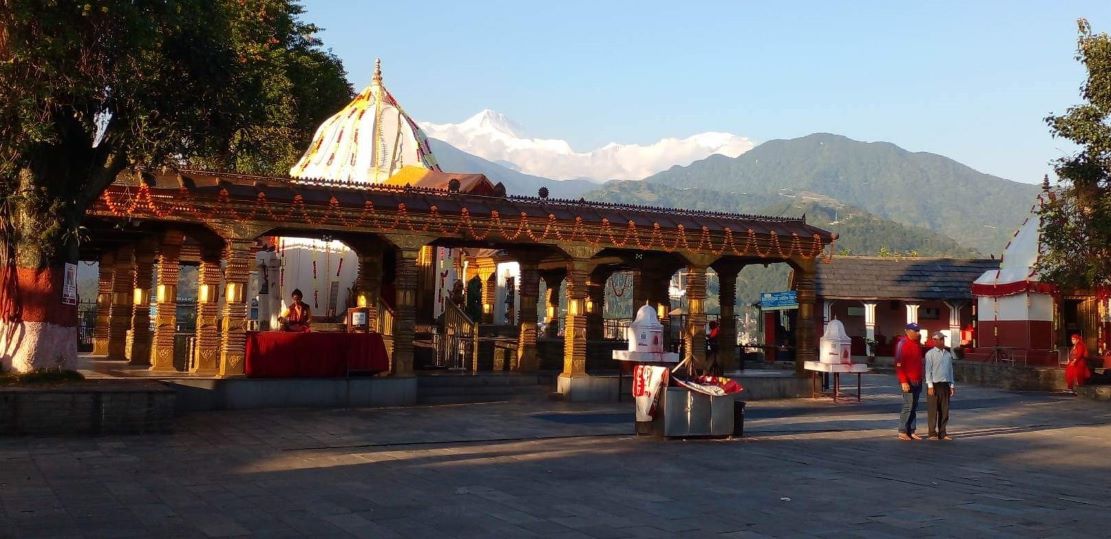
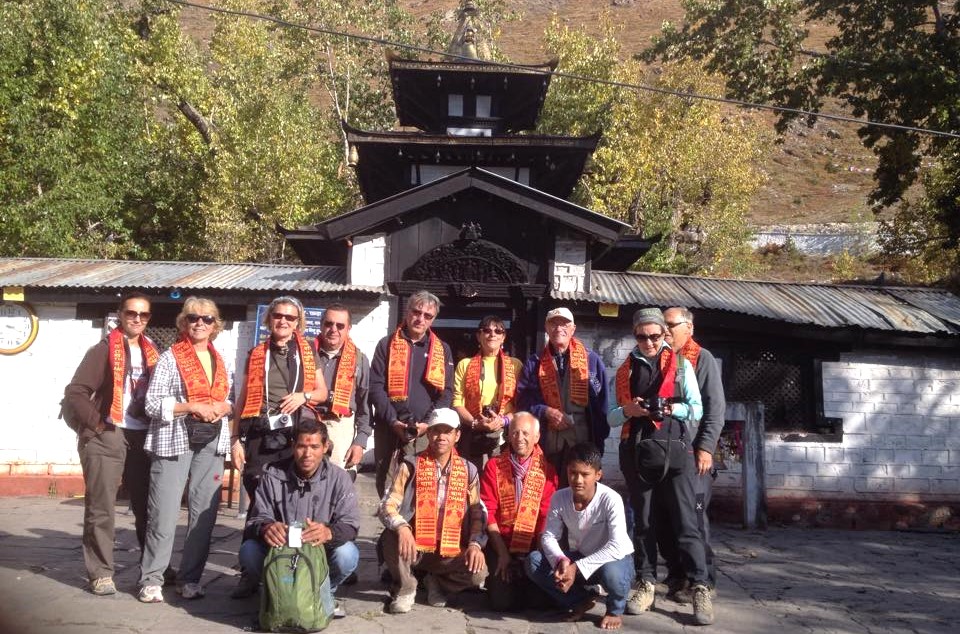
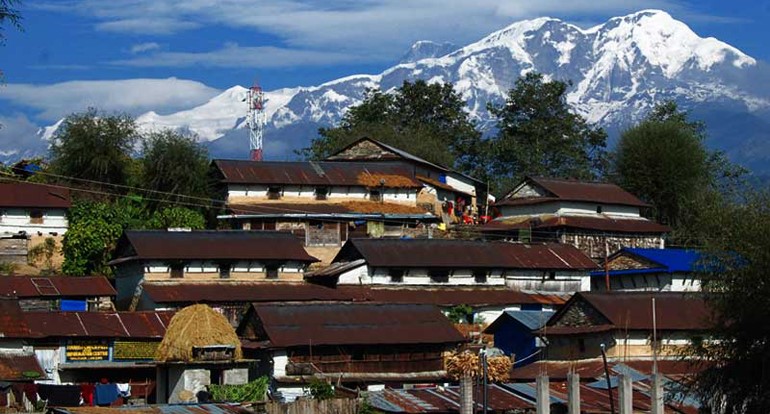
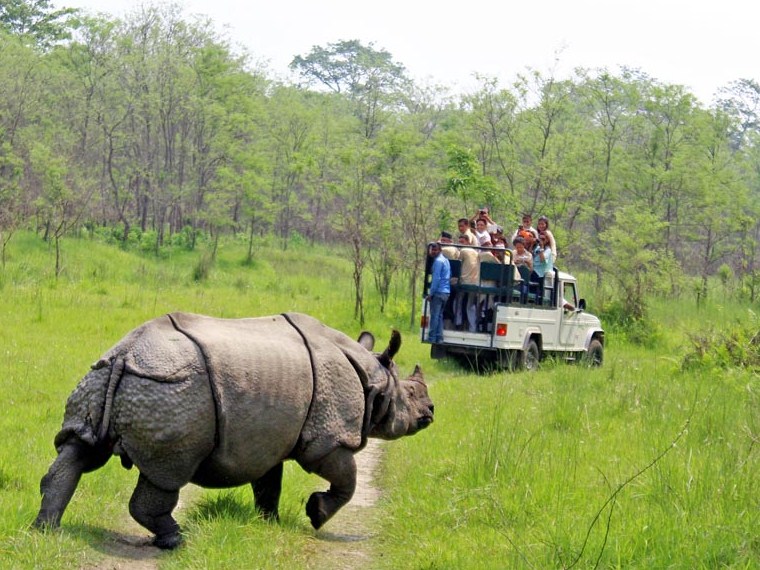
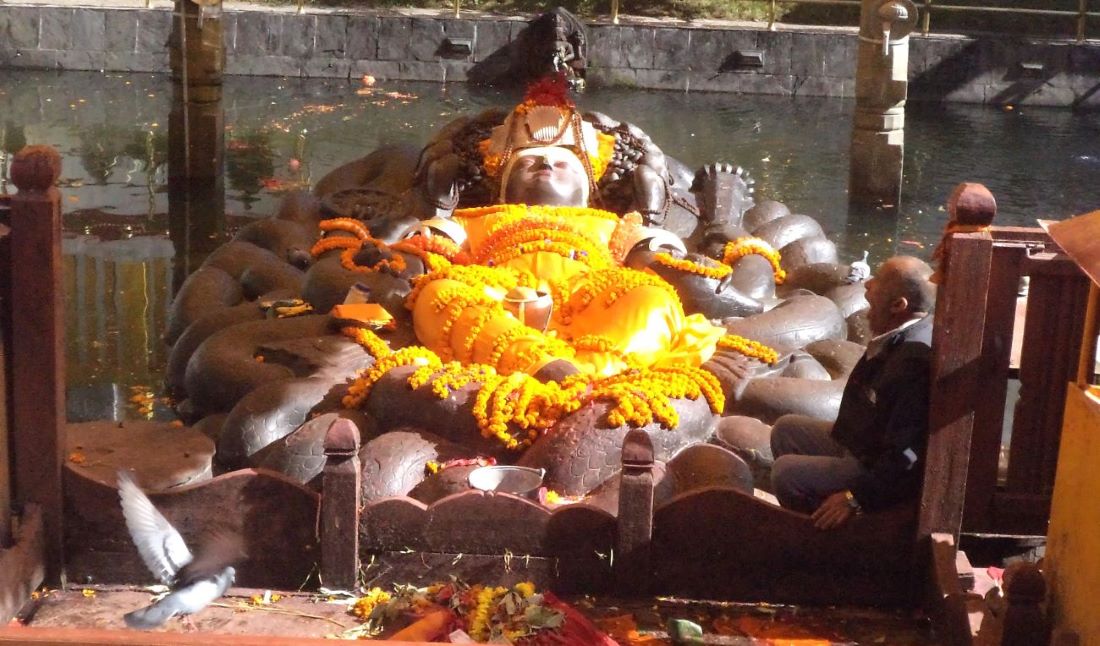
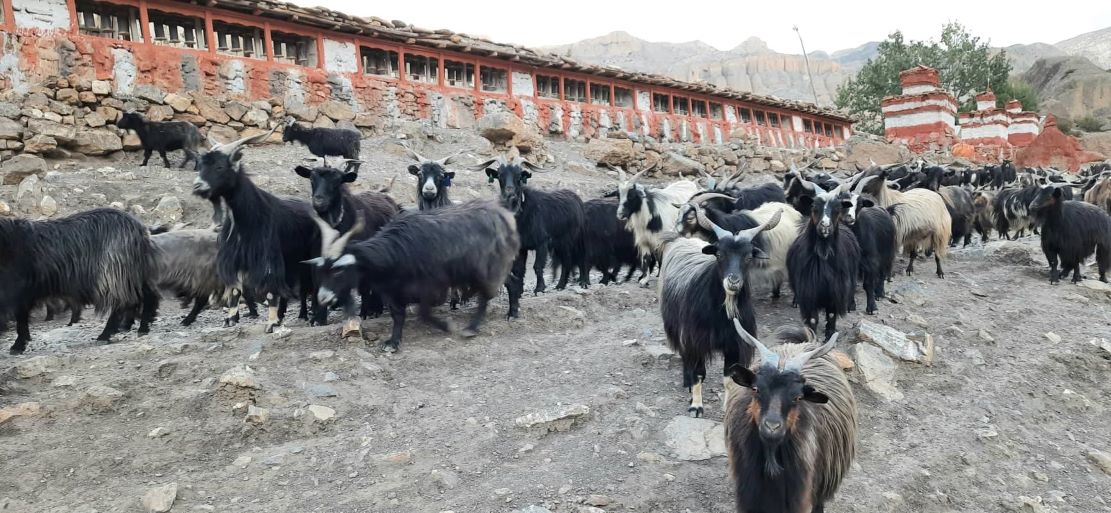
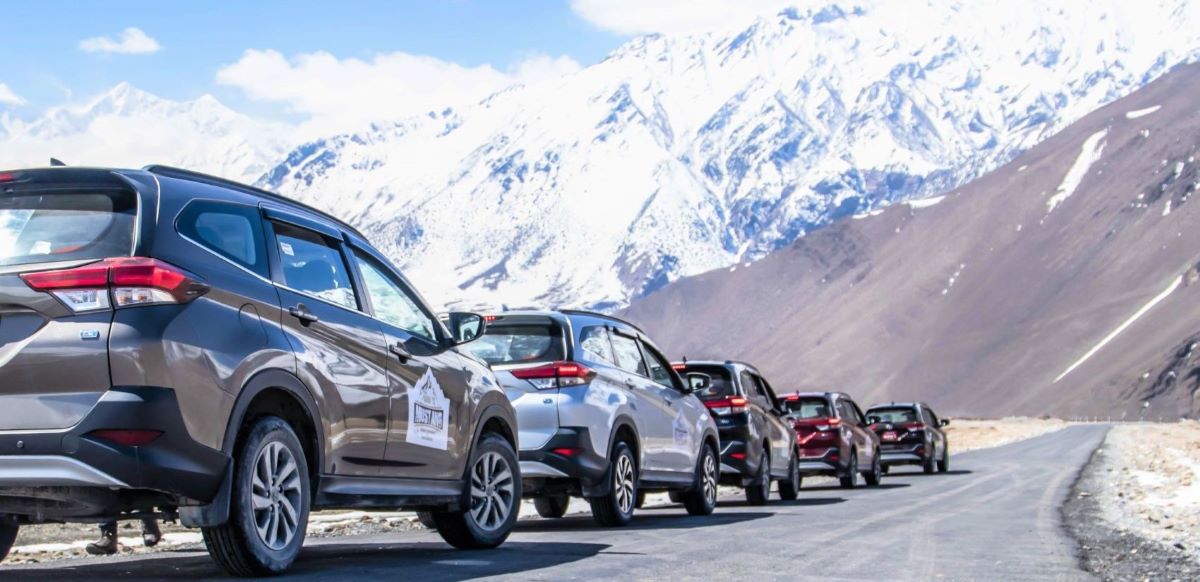
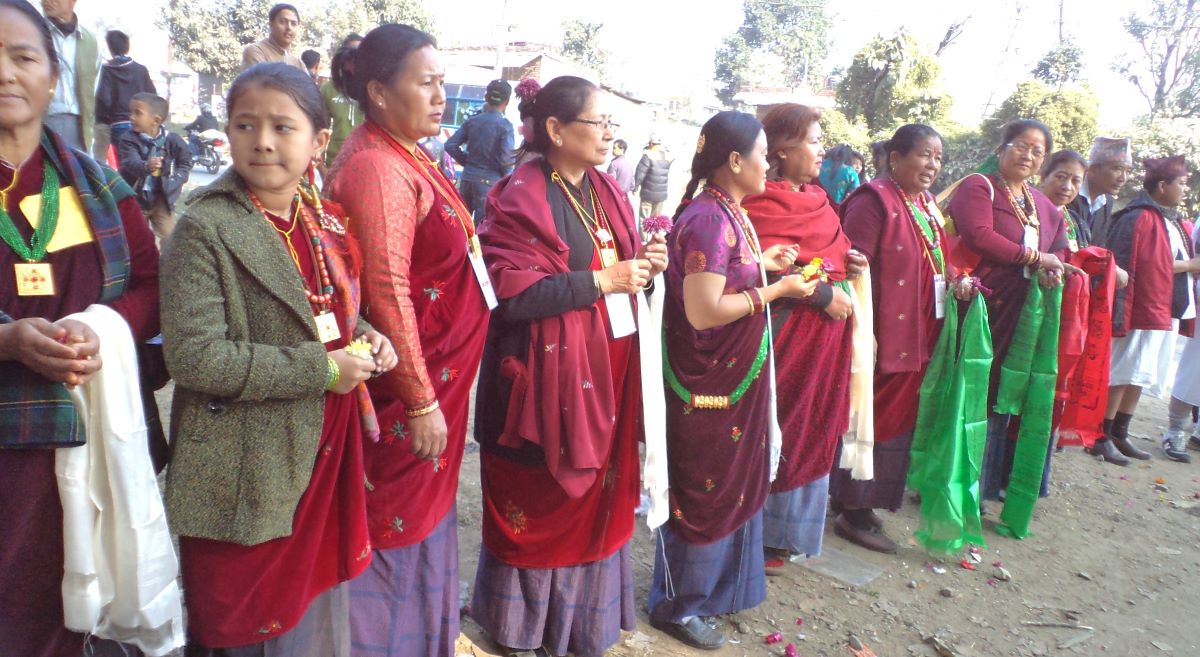
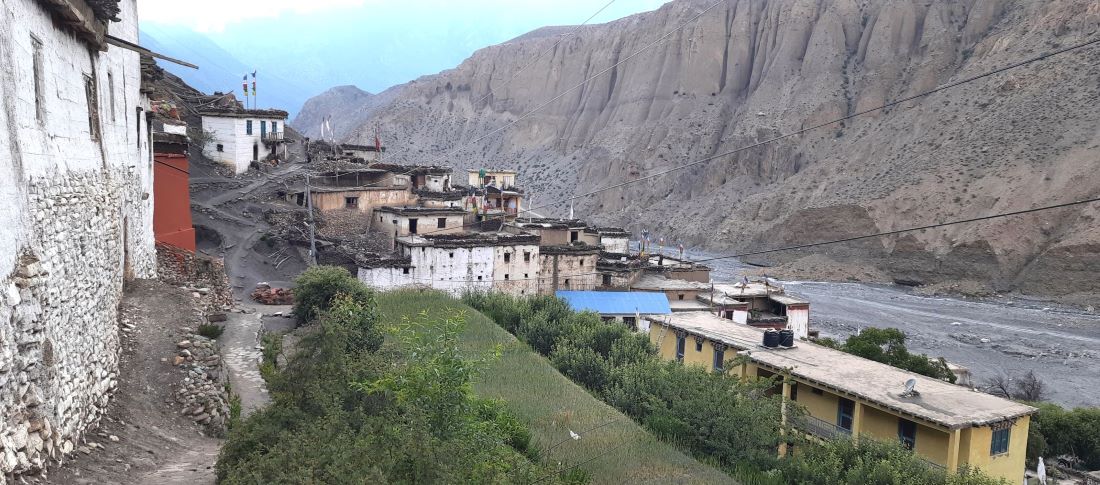
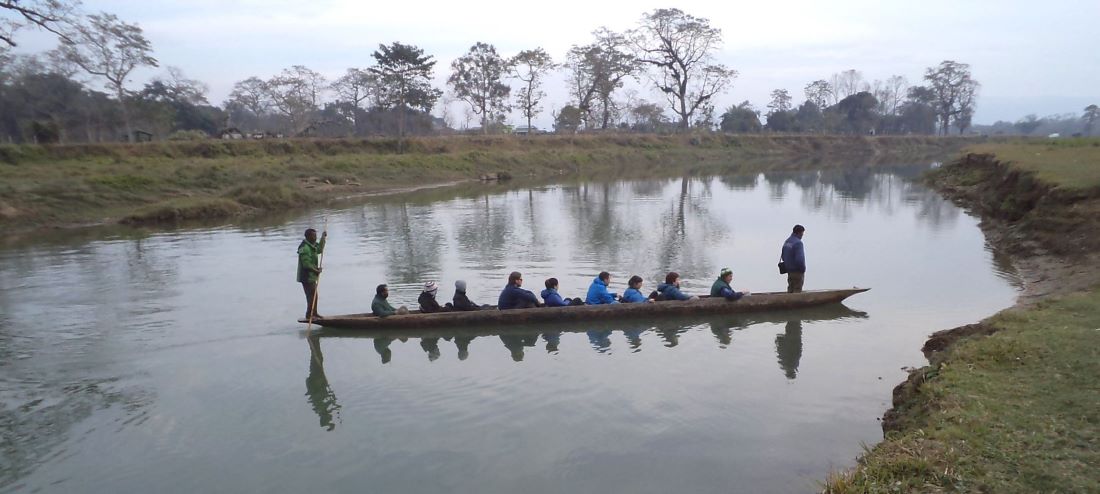
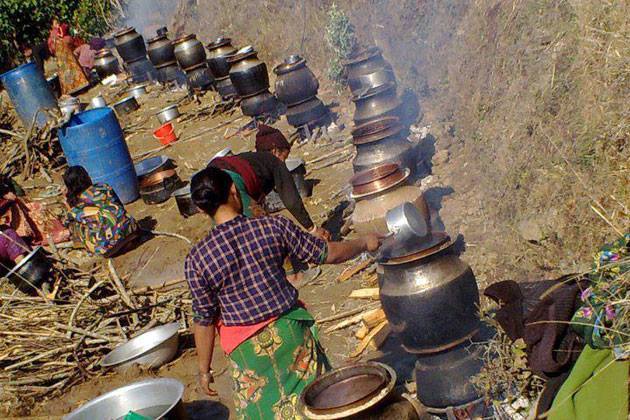
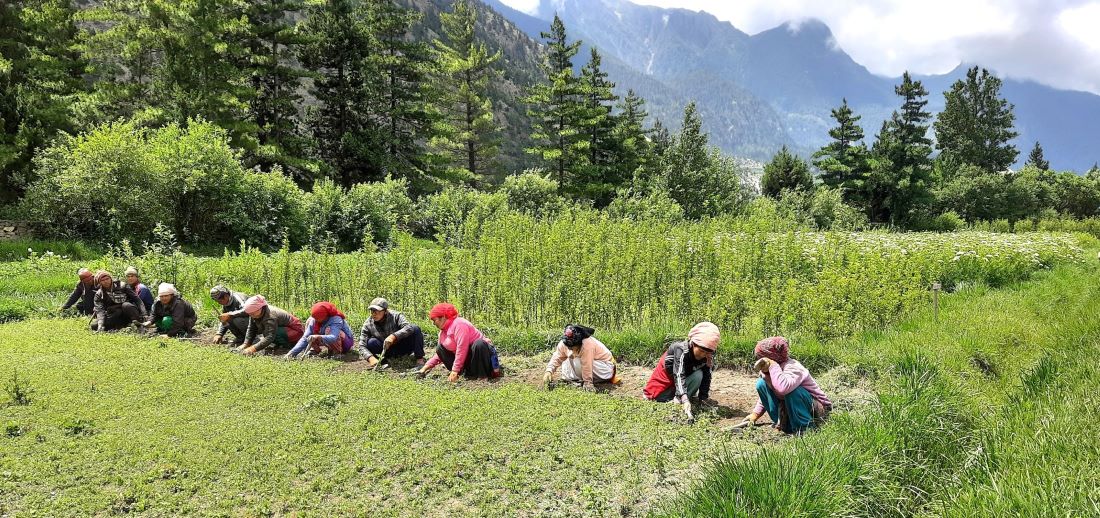
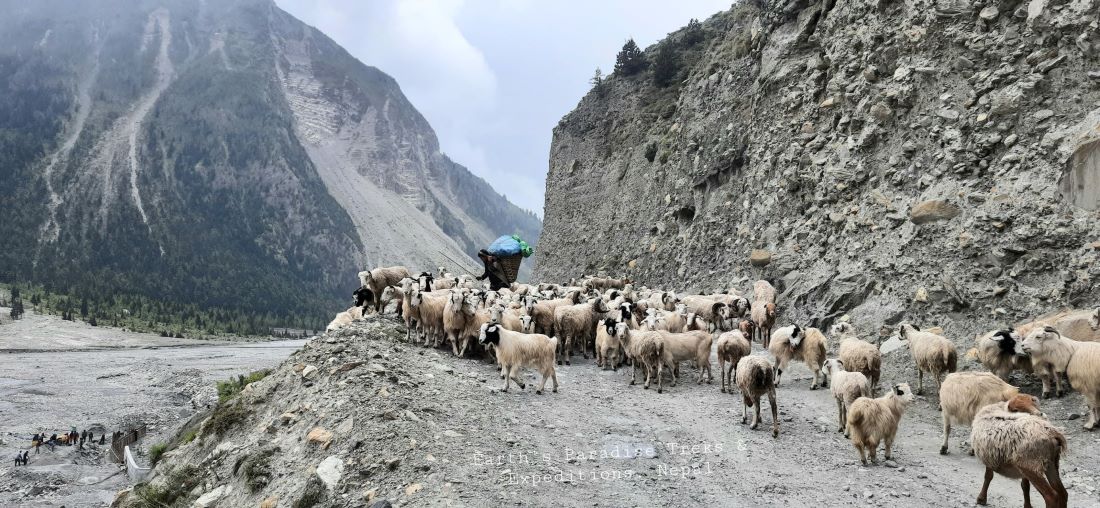
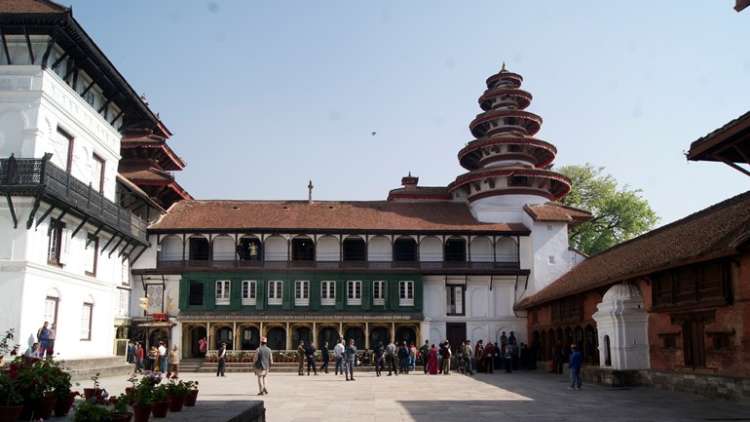
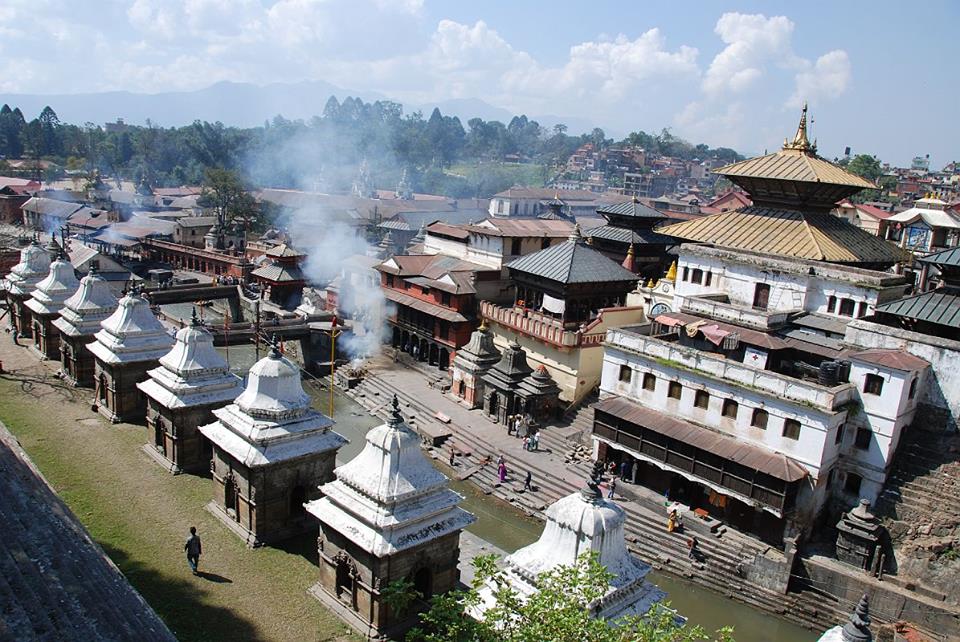
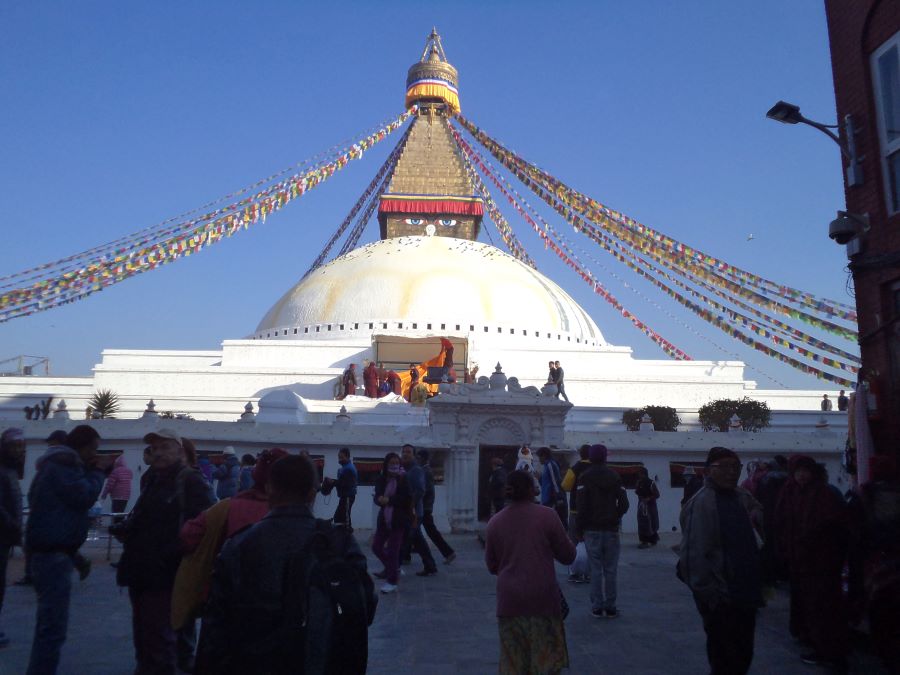
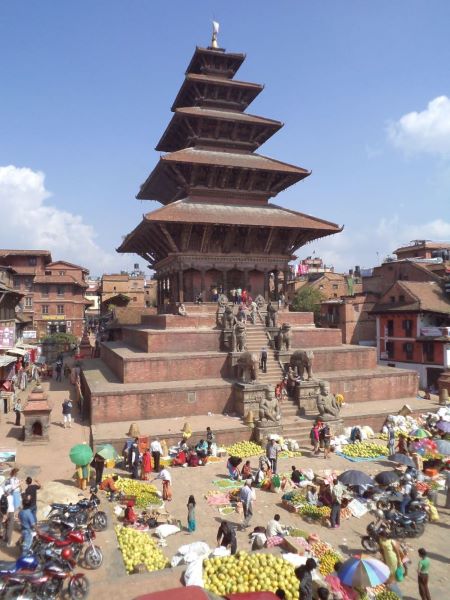
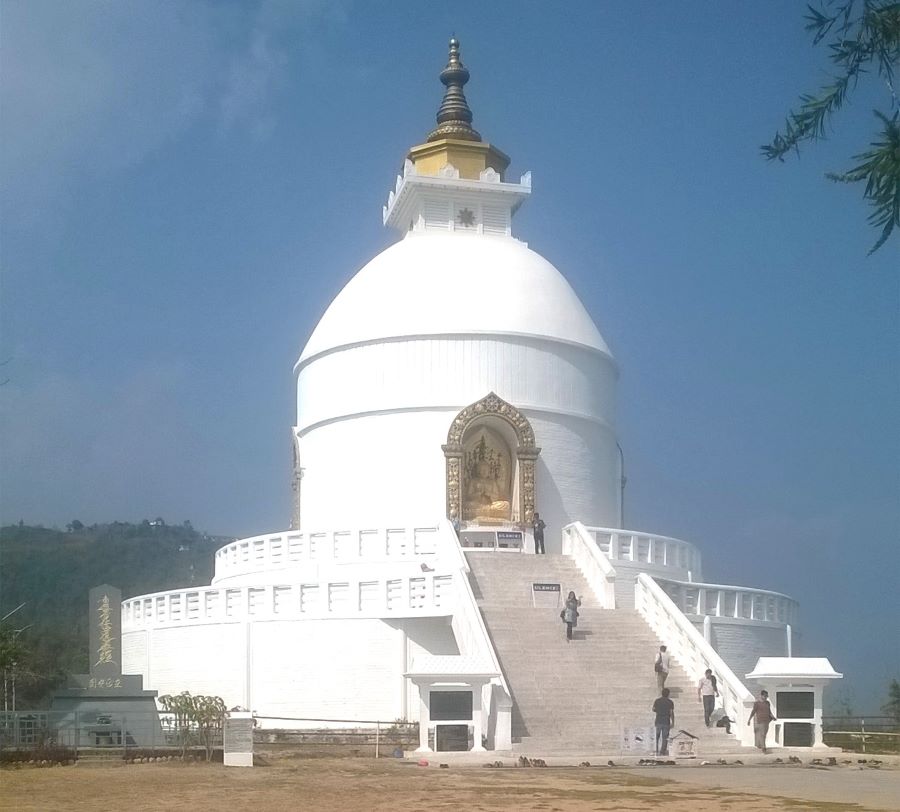
Destination
Activity
Start/End Point
Duration
Grade
Season
Group Size
Hotel/Accomdation
Highest Elevation